Some comments on the time of confirmation of goods through Customs surveillance areas
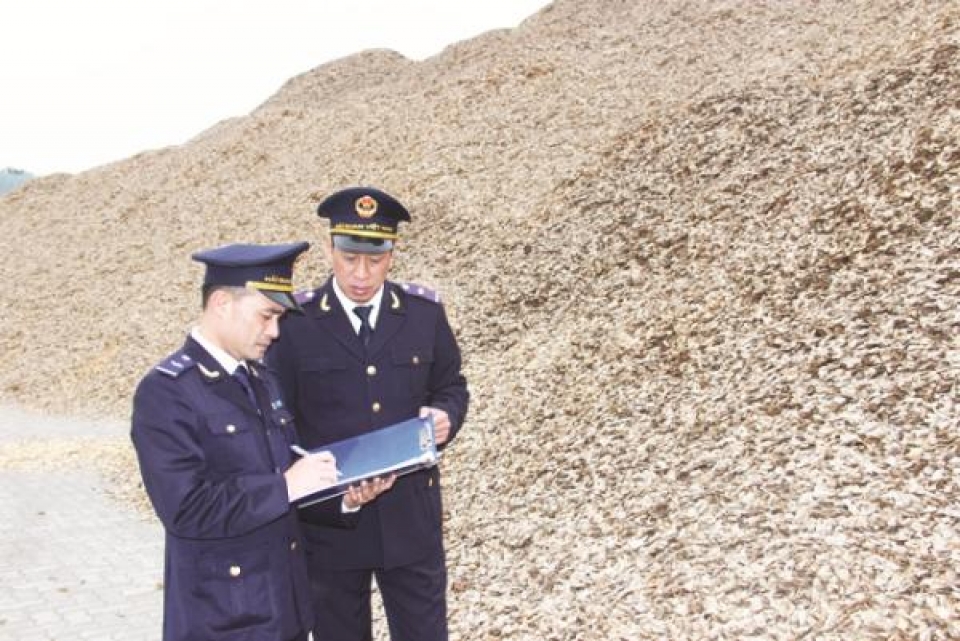 |
| Customs officers check exported wooden products. Photo: Thu Trang. |
Procedures for certifying goods that have gone through Customs surveillance areas are compulsory procedures for declarations of exported or imported goods (except for a number of special cases without direct surveillance) in order to verify that the imported goods have gone through the Customs surveillance areas or the exported goods have entered the Customs surveillance areas, which is the basis for defining the rights, obligations and responsibilities related to lots of imported and exported goods of the Customs office as well as enterprises.
Article 53 of the Ministry of Finance's Circular No. 38/2015 / TT-BTC of 25th March 2015 stipulates that the basis for determining exported goods is the export declaration which has been already cleared through the surveillance areas on the system or on the paper declaration. Therefore, it can be seen that the legal consequences of the verification of goods that have gone through the Customs surveillance areas are very important in the implementation of Customs procedures.
At present, Customs authorities and Customs officers certify goods through the Customs surveillance areas shall comply with the provisions of Article 34 of the Prime Minister’s Decree No. 08/2015 / ND-CP dated 21st January 2015 and the Ministry of Finance’s Article 52 of Circular 38/2015 / TT-BTC dated 25th March 2015. Accordingly, the time of confirmation of goods that have gone the Customs surveillance area on the system or on the paper declaration can be considered as the time of the goods entering or leaving the Customs surveillance area.
However, as for a large volume of goods to be put in or out of the surveillance area for a long period of time, there are currently no regulations and guidelines for the time of confirmation of the goods which have gone the Customs surveillance area and the responsibility for certification on the system or on the Customs declaration form. The import and export of goods in large quantities in a long time are quite popular across the country. Therefore if we do not have more clear regulations, there may be legal consequences arising.
For example, an export declaration for wood chips weighs more than 20,000 tons, the total value of FOB is about US$ 3 million. In order to load this quantity of goods, the enterprise may deliver the shipment to the surveillance area for a period of 7 days or longer, with more than 1,000 carloads from the warehouse. What time is considered as the time of the goods which have passed the Customs surveillance area? When was the first vehicle loaded into the Customs surveillance area or when was the last vehicle of the shipment entering the Customs surveillance area or another one? Any time as mentioned above is not reasonable.
Taking the first part of a shipment through the Customs surveillance areas to determine whether a shipment has gone through the Customs surveillance areas, it will be susceptible to fraudulent use if there is a change in the tax policy or goods management policy at this time. If we take the last part of the consignment through the Customs surveillance areas to determine whether a shipment has gone through the Customs surveillance areas, how is the actual crossing area monitored (when the last part of the consignment crosses the monitoring area is more than 15 days). The determination of the time when the goods have passed Customs surveillance in these cases is related to many other legal obligations such as: validity period of the customs declaration (15 days from the date of registration, the tax policy, the basis for identifying the actual exported goods.
For cases where the goods are not subject to tax obligations or goods management policies, the confirmation of goods that have passed the Customs surveillance area will only be procedural. However, if a shipment has a tax liability, a financial obligation or a commodity management policy in effect at this time, the determination of the exact date is the basis for the goods being cleared, which needs to be addressed.
For example, in the above example of this article, the time of registration of declarations for wood chips is the time before and after 31st December 2015 (in 2015, the export tax rate for wood chips is 0 %, from 1st January 2016, the export tax rate is 2%). There will be situations if the above problem is not clearly defined so that the enterprise and customs can understand the date of confirmation of goods through the Customs surveillance area. The first part of the shipment is put into the customs supervision area where the business can evade its tax liability by registering an export declaration as of 31st December 2015 (0% tax rate). Knowing that the tax policy is changing, some enterprises will export goods through the Customs surveillance area before 14th January 2013 and may extend the loading time to the time of actual export (the date of completion of the loading of the ship will exceed 15 days from the date of registration of the declaration, even longer). At that time, the enterprise may avoid the obligation of about 1.2 billion vnd of an export tax on the shipment. Similarly, in the case where there is a change in import and export policy, enterprises can also avoid by doing the same if it is not specified at what time it is considered as the time of the goods which have passed through Customs surveillance area.
 | What is the model of cargo surveillance at airports? VCN- The project on management and supervision of aviation is one of the major projects of the ... |
Therefore, we should care and have clearer, more strict and reasonable regulations and guidelines on the time of goods through the Customs surveillance area, especially large quantities of imports to avoid different interpretations of the same issue in the implementation of Customs regulations.
Related News

Regulating goods across Huu Nghi International Border Gate during peak times
19:37 | 02/11/2024 Customs

Vietnam and UAE trade sees billion-dollar growth
07:15 | 03/11/2024 Import-Export

Strictly control imports and trade of toxic chemicals
17:34 | 03/11/2024 Anti-Smuggling
Latest News

"One law amending four laws" on investment to decentralize and ease business challenges
16:44 | 01/11/2024 Regulations
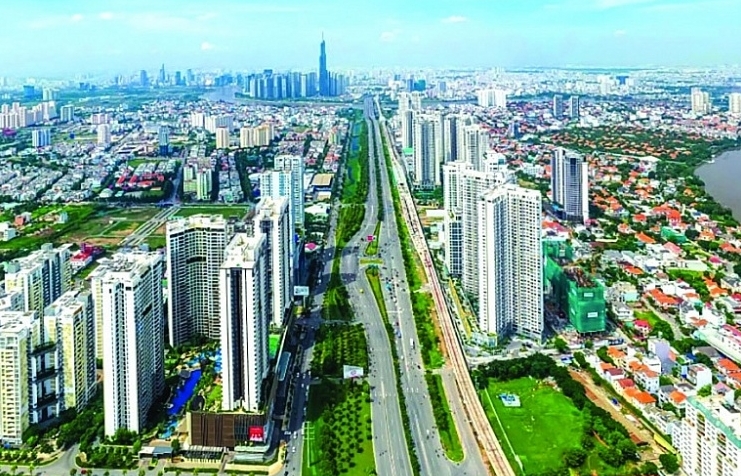
One law amending seven financial laws: New driving force for economic growth
16:34 | 01/11/2024 Regulations
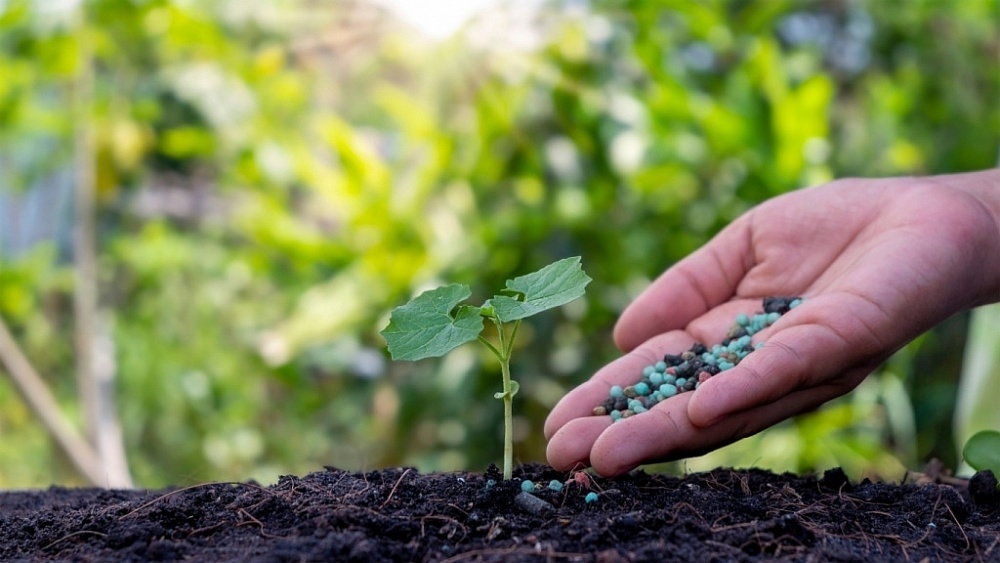
Ensure harmony of interests of “3 parties” when applying 5% VAT on fertilizers
08:54 | 30/10/2024 Regulations
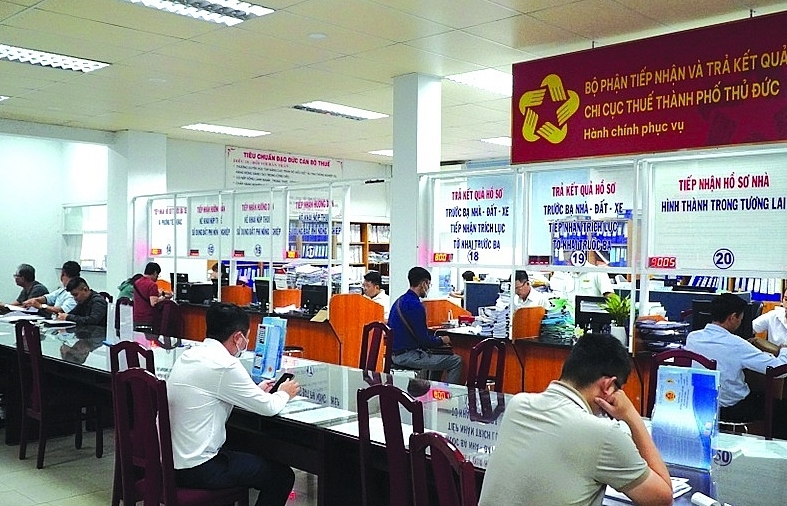
Tax, fee, and land rent exemption, reduction, and deferral policies: a driving force for business recovery and growth
11:34 | 27/10/2024 Regulations
More News

Revamping commodity management and trade protection
11:26 | 26/10/2024 Regulations

Tax support policy is a "lift" for business bounceback
14:52 | 24/10/2024 Regulations

VAT policy for on-the-spot imports
13:44 | 23/10/2024 Regulations

Applying tax on animal feed ingredient faces problems due to specialized regulations
10:17 | 21/10/2024 Regulations

Ministry of Finance proposes to choose the option of reducing land rent by 30% in 2024
15:29 | 20/10/2024 Regulations
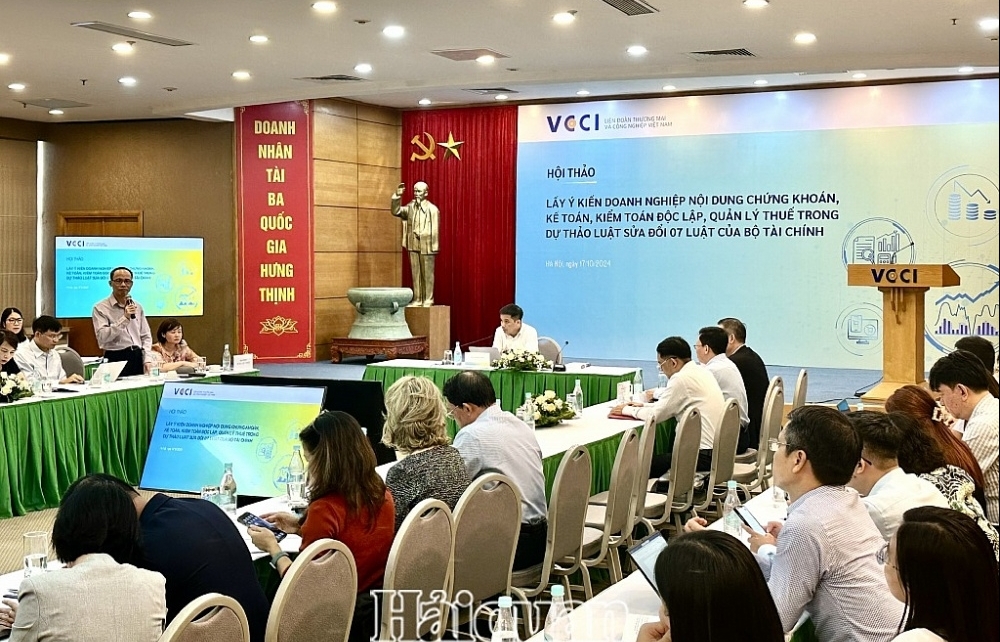
Ensuring reasonableness upon enforcement of regulations in "1 law amending 7 laws"
00:00 | 19/10/2024 Regulations
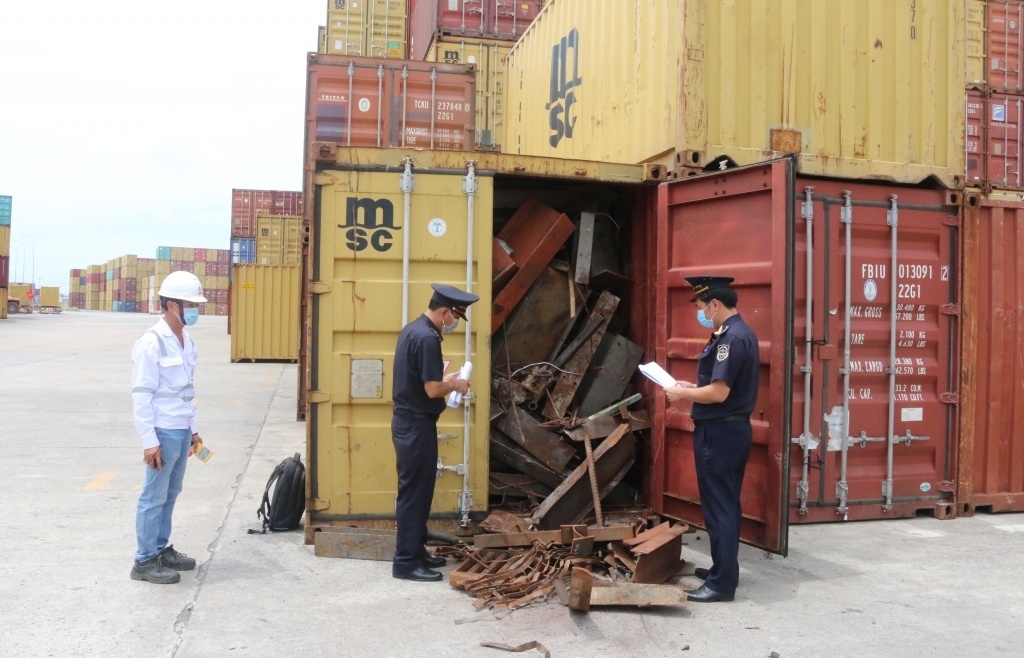
Ensuring global trade security requires cooperation, exchange and processing of information before the goods arrive
10:29 | 18/10/2024 Regulations

New regulations on foreign indirect investment in Vietnam drafted
13:46 | 15/10/2024 Regulations

Considering amending regulations on suspension from exit due to tax arrears
09:30 | 15/10/2024 Regulations
Your care

"One law amending four laws" on investment to decentralize and ease business challenges
16:44 | 01/11/2024 Regulations

One law amending seven financial laws: New driving force for economic growth
16:34 | 01/11/2024 Regulations

Ensure harmony of interests of “3 parties” when applying 5% VAT on fertilizers
08:54 | 30/10/2024 Regulations

Tax, fee, and land rent exemption, reduction, and deferral policies: a driving force for business recovery and growth
11:34 | 27/10/2024 Regulations

Revamping commodity management and trade protection
11:26 | 26/10/2024 Regulations
